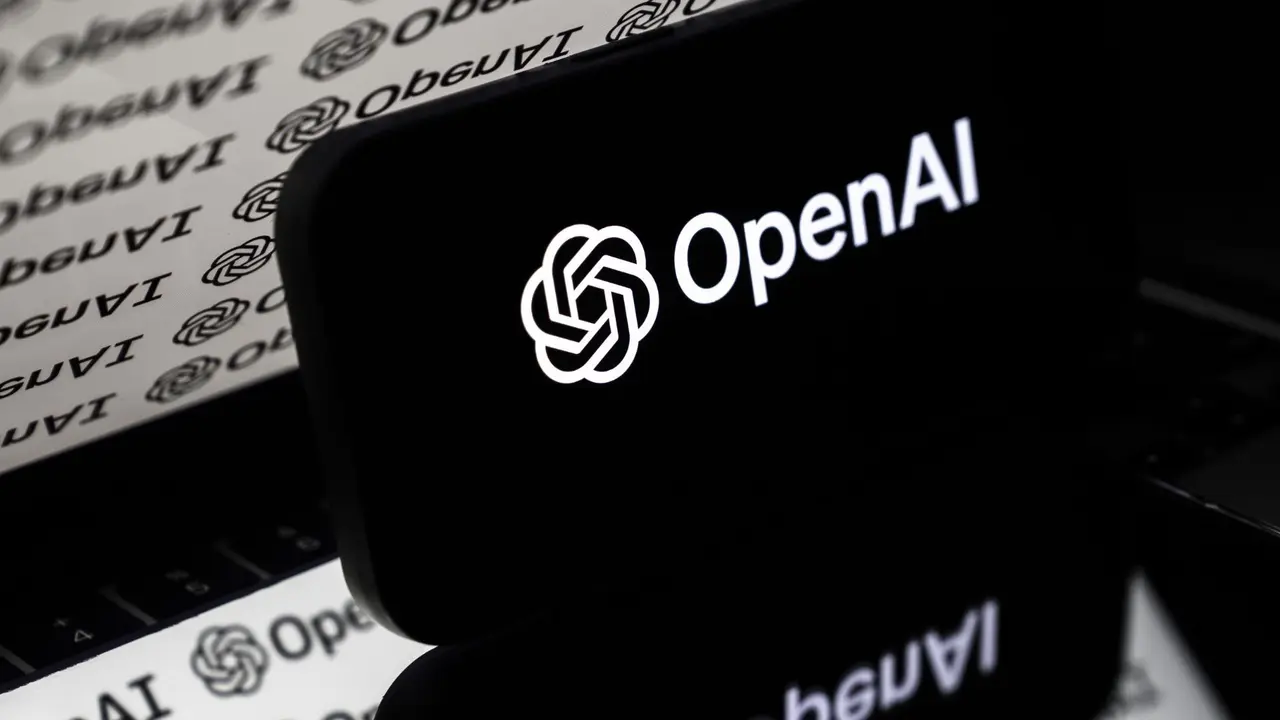China's Moore Threads Unveils MUSA: A Homegrown Alternative to NVIDIA's CUDA
3 Sources
3 Sources
[1]
China's Moore Threads polishes homegrown CUDA alternative -- MUSA supports porting CUDA code using Musify toolkit
The first traces of Moore Threads' GPU programming software stack, dubbed MUSA, have surfaced online, furthering the nation's pursuit of tech-autarky. MUSA serves as an alternative to Nvidia's CUDA environment, compatible with the domestic MUSA MTT GPU lineup. Any open-source pedigree of the SDK has not been mentioned, so it is likely proprietary and won't be of much benefit to developers outside China. The U.S. has implemented a series of export restrictions on China, including: advanced AI chips, high-bandwidth memory (HBM), manufacturing equipment, and silicon wafers from leading players like Intel, TSMC, and Samsung. In a bid to reduce reliance on Western hardware, China is hard at work developing its semiconductor ecosystem with in-house silicon, fab equipment, memory, CPUs, and even GPUs. The latter is of great importance, as modern-day machine learning (sometimes under the buzzword banner of AI) is largely accelerated by parallel computing, something which GPUs excel at. A strong GPU programming ecosystem offers high-level abstraction, ready-to-use libraries, documentation, and profiling tools. With high-performance Nvidia GPU exports still in limbo, Moore Threads is offering an alternative to CUDA. MUSA provides a built-in compiler (MCC), runtime libraries (MUSA Runtime), a comprehensive list of specialized libraries (MUSA-X), debuggers, and profilers. To ensure compatibility with already written CUDA code, the MUSA SDK also includes Musify, a tool that translates CUDA code for the MUSA environment, likely by translating PTX code at runtime, similar to zLUDA. The MUSA SDK version 4.0.1 is compatible with x86 processors from Intel (on Ubuntu) and Hygon (on Kylin). Moore Threads is demonstrating the prowess of its stack through several demonstrations on its website, including speech synthesis, AI-image generation, image processing, AI-powered 3D face modeling, just to name a few. You can actually try out a bunch of these demos right now (though you might need an account), some of which are reportedly running on Moore Threads' MTT S3000 datacenter GPUs. Despite CUDA's clear advantage in terms of advancement, maturity, and support, MUSA could find many indigenous customers in small-scale environments, evolving over time. AI developers and researchers envision a heterogeneous future, championing the adoption of hardware-agnostic and open-source platforms. Breaking free from CUDA's reign requires superior alternatives, with ROCm being a key contender. However, AMD's hardware support still trails behind Nvidia.
[2]
China's First "In-House" Alternative To NVIDIA's CUDA Emerges Online; The MUSA SDK From Moore Threads
It appears that the Chinese firm Moore Threads wants its share of the AI market, as the firm has released a new upgrade to its MUSA SDK, an alternative to NVIDIA's CUDA stack. When it comes to software capabilities, NVIDIA has managed to dominate the industry with its CUDA ecosystem, offering not only high-end support but also speedy updates. Team Green ensures that competitors cannot see any breathing space. However, with evolving geopolitical conditions, it has become difficult for Chinese tech giants to rely solely on NVIDIA, and keeping this in mind, the domestic GPU manufacturer Moore Threads has brought in new advancements to its MUSA SDK in an attempt to increase its adoption. Moore Threads's AI software stack is designed specifically for the company's GPUs. It allows parallel computing and AI workloads across various platforms. It features runtime libraries, drivers, and instruction sets to enable the environment to be used with existing systems. The MUSA SDK is divided into multiple components, ranging from dedicated toolkits to application-specific libraries, which we'll discuss ahead. Apart from all the runtime libraries, an interesting fact about MUSA SDK is that it includes a "code-porting" tool called the MUSIFY, which allows developers to port CUDA-based code to MUSA's ecosystem, enabling seamless adoption. Along with this, the MUSA SDK supports libraries lik muBLAS, muFFT, and muThrust, which are intended for specific applications like mathematical operations or accelerated computing. With MUSA SDK's latest 4.0.1 version, the stack now supports Intel processors, along with the domestic Hygon, Kylin, and Loongson CPUs, which are employed in traditional workloads. While Moore Threads cannot compare with the likes of NVIDIA's CUDA at all, by providing a domestic solution, it allows small-scale developers to access libraries on in-house GPUs without spending too much on NVIDIA alternatives, and of course, there's always an element of patriotism involved, even in tech.
[3]
China has an alternative to NVIDIA's CUDA: What do we know about the new system? - Softonic
China now has a CUDA alternative with Moore Threads' MUSA, a new software ecosystem that promises compatibility and independence in the growing AI hardware race. China is making serious strides toward independence in artificial intelligence, and a key part of that effort is reducing reliance on U.S.-based technologies like NVIDIA's CUDA. While NVIDIA's dominance stems not just from its hardware but from its powerful software ecosystem, a new Chinese solution is aiming to challenge that supremacy. CUDA is deeply embedded in most AI projects worldwide. It offers a full development environment -- compiler, runtime libraries, and debugging tools -- that's incredibly hard to replace. For Chinese companies, replacing CUDA isn't just a technical challenge; it's also a geopolitical necessity, as the country pushes for technological self-sufficiency. Huawei has its own answer in CANN, but the real momentum may come from a younger player: Moore Threads. Founded in 2020 by a former NVIDIA executive, Moore Threads is positioning itself as China's top GPU contender. The company offers several GPU models aimed at both gaming and AI, such as the MTT S4000 and S3000, but its real innovation is software: MUSA (MT Unified System Architecture). MUSA is a complete alternative to CUDA, featuring a compiler, libraries, and debugging tools. But its most promising feature is CUDA code compatibility, allowing existing projects to migrate more easily. This means China could bypass one of the biggest hurdles in abandoning U.S. AI infrastructure. Whether MUSA will gain traction remains to be seen, but it's clear that China is building a parallel AI ecosystem, and Moore Threads may be its most important piece.
Share
Share
Copy Link
Moore Threads, a Chinese GPU manufacturer, has introduced MUSA, a software ecosystem designed to rival NVIDIA's CUDA. This development marks a significant step in China's pursuit of technological self-sufficiency in AI and parallel computing.

China's Push for AI Independence
In a significant move towards technological self-sufficiency, China's Moore Threads has unveiled MUSA (MT Unified System Architecture), a homegrown alternative to NVIDIA's CUDA. This development comes amid increasing U.S. export restrictions on advanced AI chips and related technologies to China, pushing the nation to develop its own semiconductor ecosystem
1
2
.MUSA: A Comprehensive GPU Programming Ecosystem
MUSA, designed for Moore Threads' domestic MTT GPU lineup, offers a complete software stack for GPU programming. The SDK version 4.0.1 includes:
- A built-in compiler (MCC)
- Runtime libraries (MUSA Runtime)
- Specialized libraries (MUSA-X)
- Debuggers and profilers
1
The ecosystem supports Intel processors on Ubuntu and Hygon processors on Kylin, demonstrating compatibility with both international and domestic CPU architectures
1
3
.CUDA Compatibility and Code Porting
One of MUSA's key features is its ability to support existing CUDA code. The SDK includes Musify, a tool that translates CUDA code for the MUSA environment. This feature is crucial for easing the transition for developers and researchers currently relying on NVIDIA's ecosystem
1
2
.Demonstrations and Applications
Moore Threads is showcasing MUSA's capabilities through various demonstrations on its website, including:
- Speech synthesis
- AI-image generation
- Image processing
- AI-powered 3D face modeling
Some of these demos are reportedly running on Moore Threads' MTT S3000 datacenter GPUs, highlighting the practical applications of the technology
1
.Related Stories
Market Implications and Future Outlook
While MUSA is still in its early stages compared to CUDA's maturity and widespread adoption, it could find a significant market among domestic Chinese developers and researchers. The development of MUSA aligns with China's broader strategy to reduce reliance on Western technology and build a parallel AI ecosystem
2
3
.However, experts in AI development envision a heterogeneous future, emphasizing the need for hardware-agnostic and open-source platforms. While MUSA represents a step towards breaking CUDA's dominance, truly superior alternatives are still needed for widespread adoption beyond China's borders
1
.Geopolitical Context
The emergence of MUSA is closely tied to the evolving geopolitical landscape. U.S. export restrictions have made it increasingly difficult for Chinese tech companies to rely on NVIDIA's hardware and software solutions. This has accelerated China's efforts to develop domestic alternatives across the entire AI technology stack
2
3
.As the AI hardware race continues to intensify, MUSA's development signals China's determination to achieve technological independence in this critical field. While it may not yet match CUDA's capabilities, MUSA represents a significant milestone in China's pursuit of AI self-sufficiency.
References
Summarized by
Navi
[1]
[2]
Related Stories
Recent Highlights
1
AI Chatbots Sway Voters More Effectively Than Traditional Political Ads, New Studies Reveal
Science and Research

2
Trump signs executive order to override state AI laws despite bipartisan pushback
Policy and Regulation

3
OpenAI warns upcoming AI models will likely pose high cybersecurity risk with zero-day exploits
Technology








